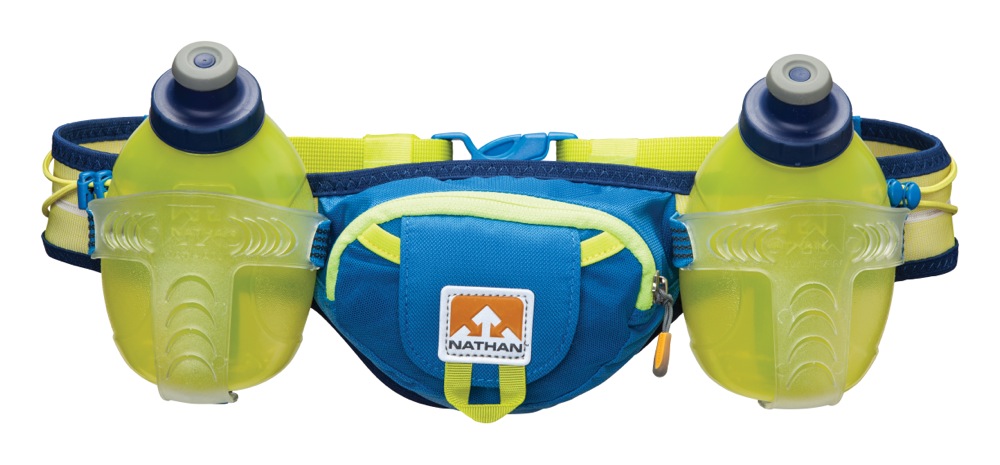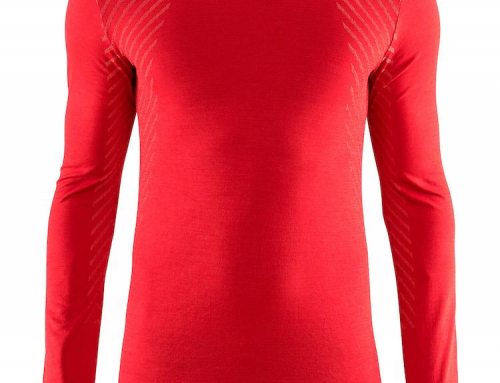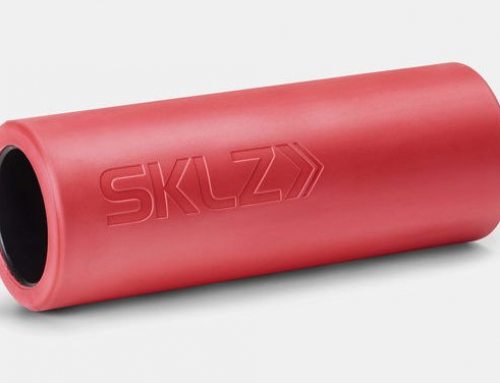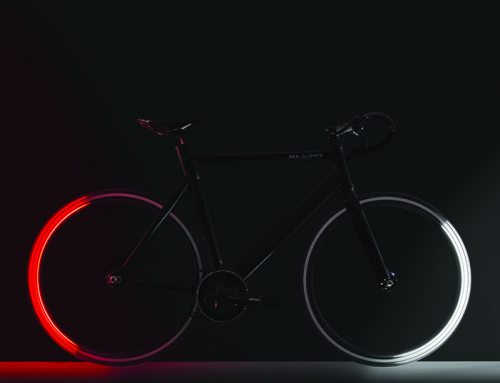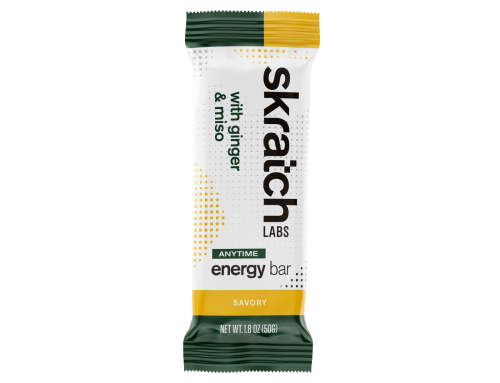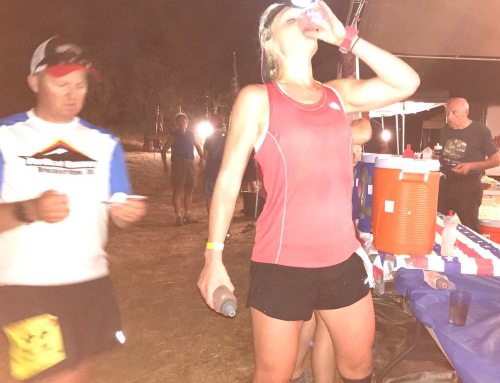By Chase Williams
Last June I had the opportunity to travel to Ireland to run in a 250k relay race to compete against 11 other countries, including Canada, Germany, Netherlands and Ireland. This is all thanks to Saucony. The event is called Race to Kinvara. Before leaving for this event I realized how unprepared I was for the required running of two to three times daily for two days. Over the past 11 years I’ve competed in many different races, including anything from the 400 meters on the track to the marathon distance. Here are some items that I use that will help make your next relay adventure that much more fun.
For starters, I believe the most important thing is having at least two to three pairs of running shoes to rotate. For example, you might have a pair for shorter runs and one for longer runs. For my shorter run I would want to wear a much lighter based shoe, and for my longer runs I would want to run in something I do the bulk of my mileage in, such as HOKA running shoes.
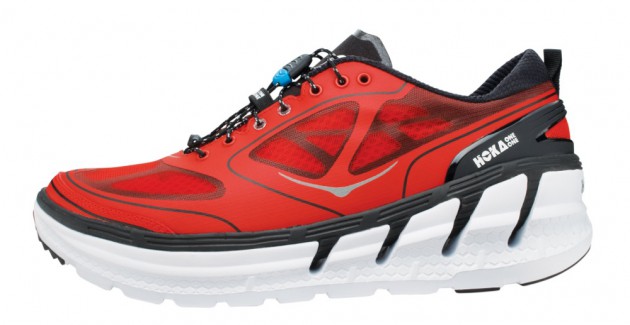
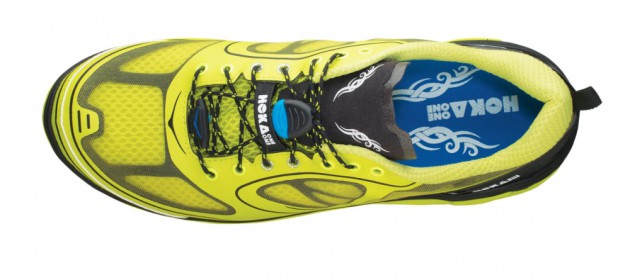
HOKA has become extremely popular in the last few years, especially at the ultra distances. The Bondi B 3 & Conquest are both great options to consider. The Bondi B 3 retails at $149.99 and the Conquest retails at $169.99. Yes, they are expensive, but your feet and body will thank you after a long day. Last March we conducted an informal shoe count at the Umstead 100 Mile Endurance Run. Of the first 204 runners to complete lap one, 64 were wearing HOKAS.
What should you do if it rains during your event? Wet shoes can lead to nasty blisters and calluses, so you will want to make sure you have dry shoes for your next leg. I had many friends who ran a local event, the Tuna 200 Relay, that starts in Raleigh and ends in Atlantic Beach, and they all spoke about the rain and wishing they had another pair of shoes.
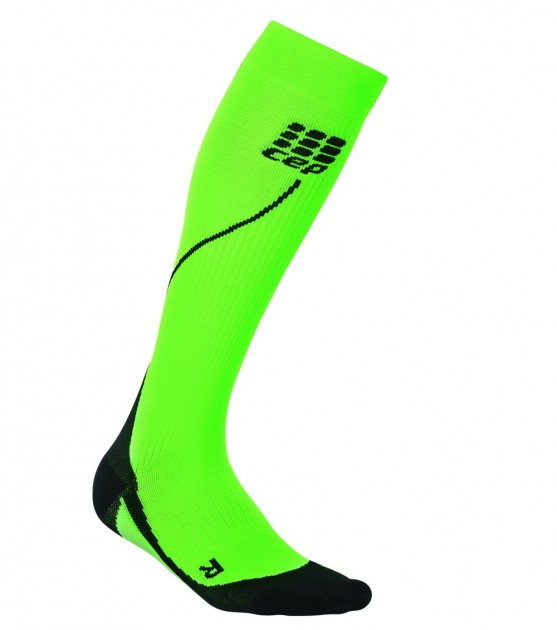
I also use and recommend some type of compression wear. Often you will find yourself having to wait several hours between legs to run. This means that you will most likely be sitting inside a van or stationary, neither of which is easy on the muscles. Having calf sleeves will help speed recovery and make your legs feel fresh. 2XU and CEP are both very high-quality brands that offer many different options, including compression socks and calf sleeves. And both brands have options in the $45-$60 price range; socks tend to be more expensive. I prefer to run with the socks and use calf sleeves for recovery purposes. The nice thing about calf sleeves is that you can get away with wearing them a few times before needing to wash them. Another brand that I think is worth mentioning is 110% compression, which uses ice/compression to help speed recovery. Funny enough, I’m wearing some while typing this.
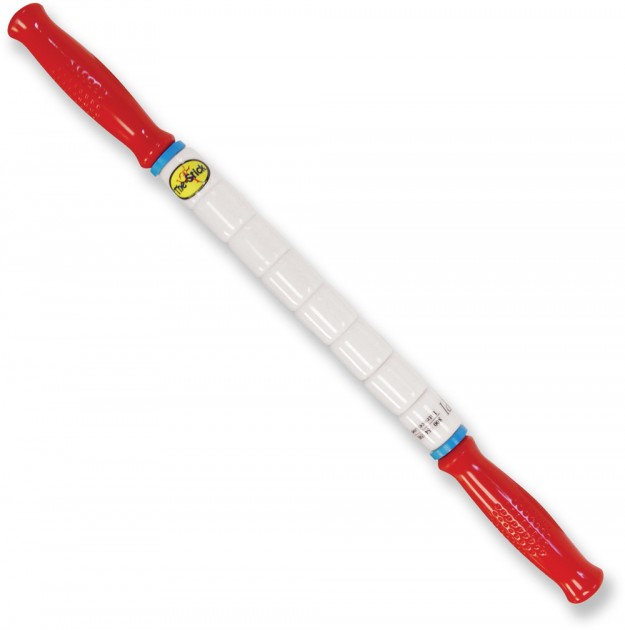
The “Stick” is a great tool for people who hate to stretch. I’m a big believer in stretching, especially after I run. There a two different ways to stretch dynamic stretching and static stretching. The Stick is used to help relax and massage out any tight muscles you may have. I use mine mostly for my calves, IT band and piriformis right before or right after I run. This will also come in handy when sitting for multiple hours at a time.
Last year when I was in Ireland and on our bus with 10 of my teammates, we passed the Stick around like it was a hot potato. They make different options but my favorite is the Travel Stick, which is much shorter and easy to pack. The Travel Stick retails at $28 dollars. Other options go up to $40. Another great thing to have is a foam roller. In my opinion, Trigger Point makes one of the nicest and most durable foam rollers on the market. I personally have a love-hate relationship with mine: It hurts so good! It comes in handy right before or after you run to roll on any problem areas, such as your IT band or quads. This is a deep-tissue massage and relaxing technique. You can find these really cheap, but the foam ones go bad pretty quickly if you’re using them weekly. They start to cave in in the middle. Trigger Point makes one starting at $39.99.
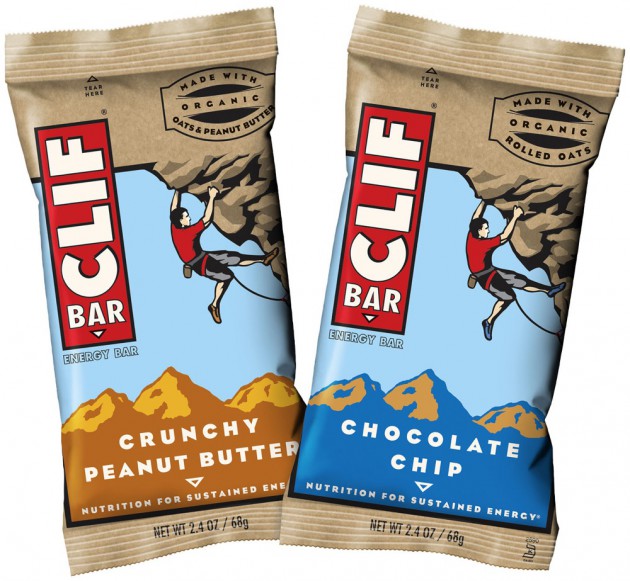
Nutrition is probably the second most important thing about relays. I do my best to eat as healthy as I can, but what do you do when you’re constantly traveling? You want something that will digest quickly and give you good energy, such as Clif Bars, GU, Chomps, etc. Clif Bars are very inexpensive, costing about $1.70; my favorite favorite is peanut butter toffee. Everyone’s different when it comes to food, but what you train with is what you need to use during the race. You never want to try something new on race day.
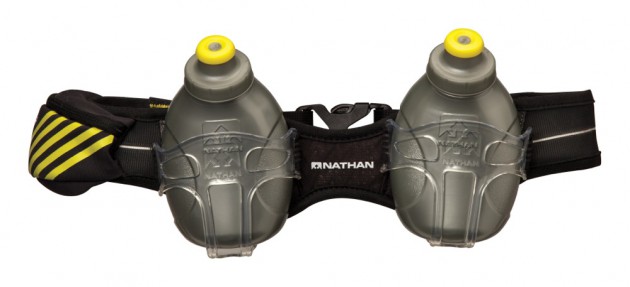
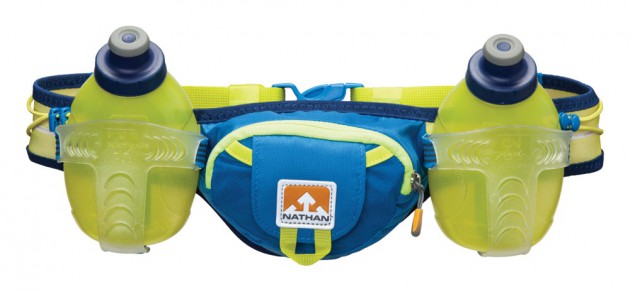
Hydration is also something you should keep in mind. While racing in Ireland I was able to stay hydrated with beer from the abundance of local pubs, but the most important things to have are water, Nunn, Gatorade and coconut water. Having a hydration belt is also worth considering. This comes in handy when you’re on your own in the middle of nowhere and really thirsty. Fuel Belt and Nathan make different options, including one-, two- and four-bottle belts. I personally prefer the two-bottle belt. You can put water in one and something tastier, like Gatorade, in the other. Both brands’ two-bottle belts retail around $39.99-$59.99.
Make sure you have a team leader who has some type of checklist with items. Since you’re part of a team, some items can be shared. If you’re thinking about doing a relay I wish you luck and as much fun as you can have. Be safe!
# # #
Chase Williams is the running manager at Inside Out Sports in Cary, N.C., and has been running competitively for eight years. He is a two-time All-American in track and field and also was a member of the North Carolina high school relay team that has the 4X800 meter state record. He graduated from the University of North Carolina at Charlotte, where he ran cross-country and track. He has been working in the retail run industry for more than four years and has tested footwear brands to the fullest. You can reach him at chase@insideoutsports.com.


